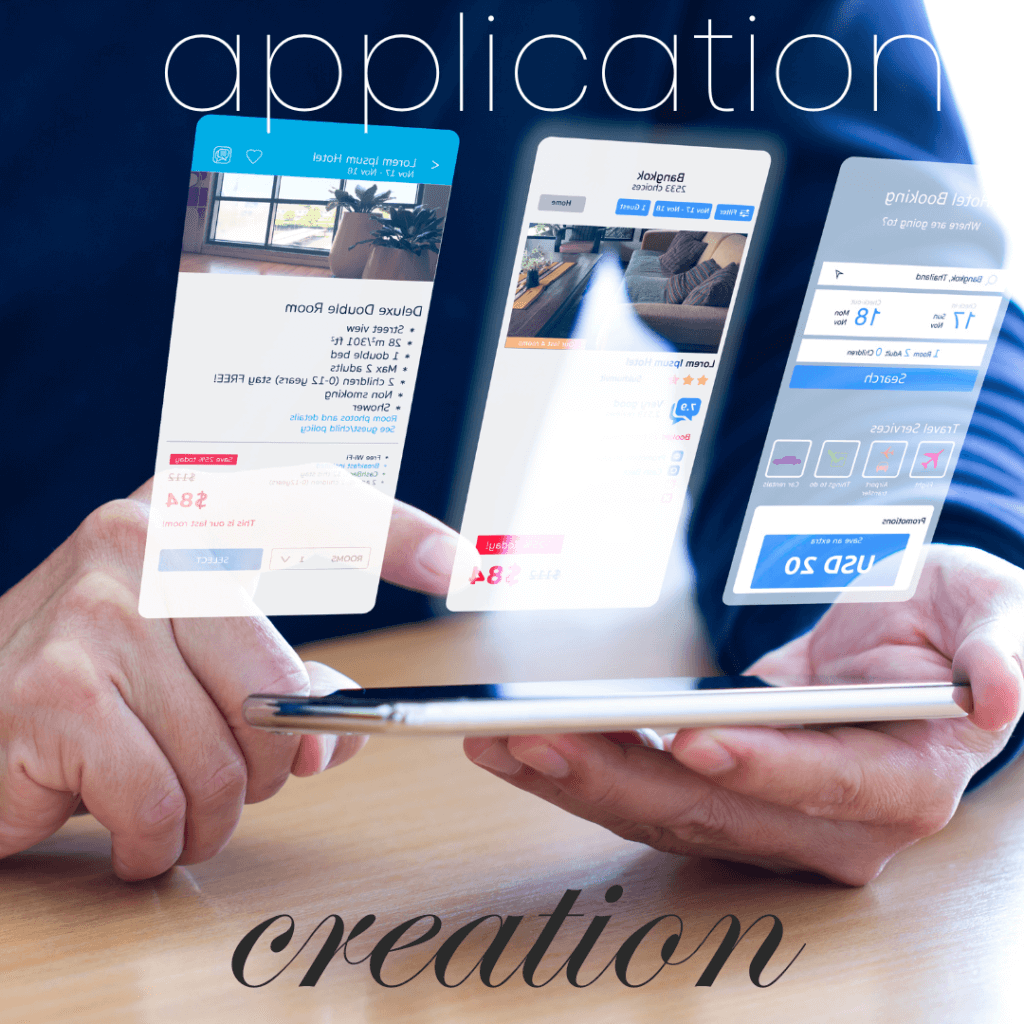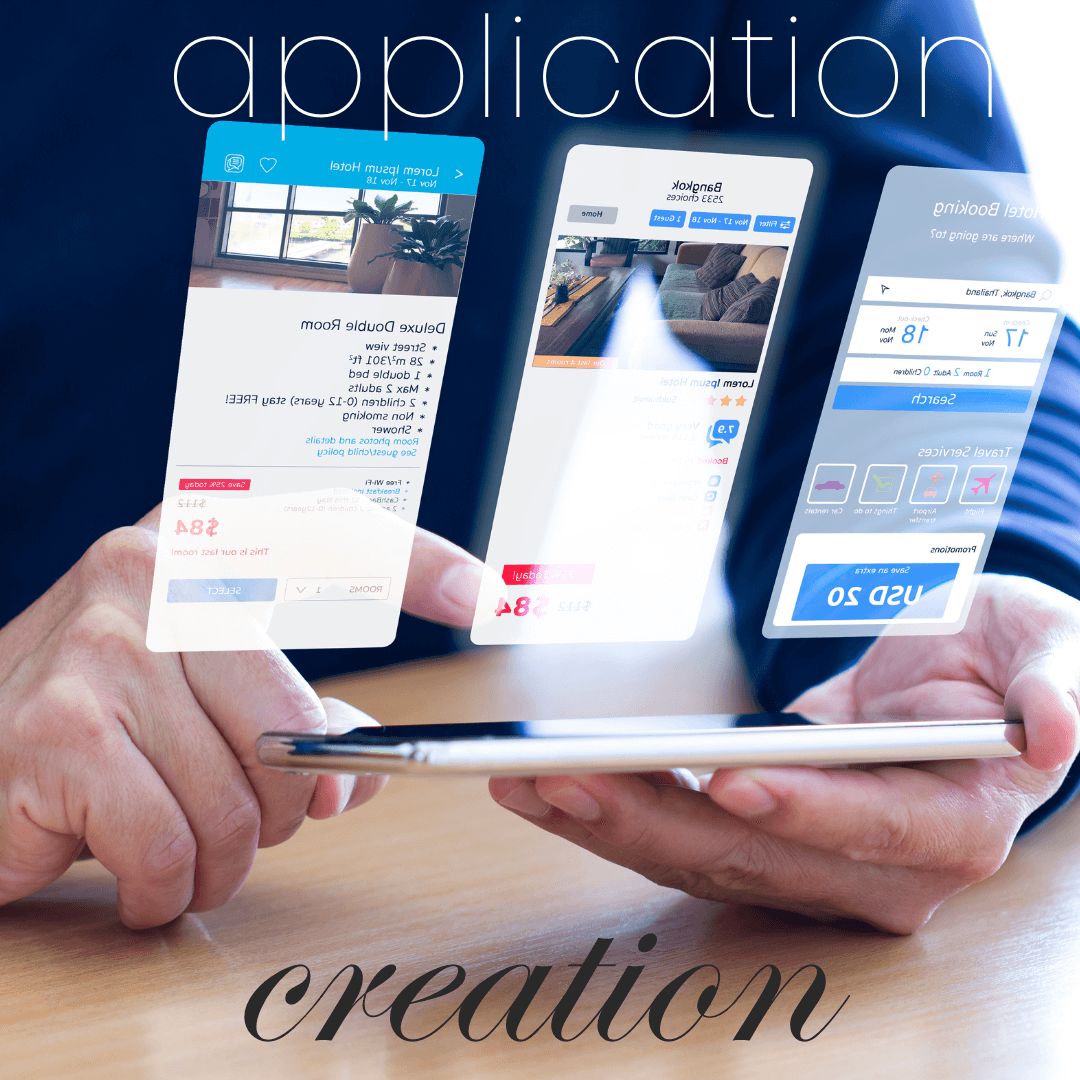
Application Creations I am currently working on:
Application Creations I am currently working on
Let’s start here: Let’s define some things.
Organizing the World of No-Code, Low-Code, and Full-Code Applications
In today’s rapidly evolving digital landscape, finding the right application development platform is crucial for businesses and individuals alike. As someone deeply invested in simplifying technology for others, I’ve dedicated my efforts to creating a comprehensive and user-friendly database that categorizes and details various application development platforms. This guide will help you navigate through the myriad of no-code, low-code, and full-code applications available, making it easier to select the one that fits your needs best.
Database Structure
Categories:
- No-Code Applications
- Low-Code Applications
- Full-Code Applications
Attributes:
- Platform Name
- Website/URL
- Primary Use Case
- Target Audience
- Features
- Cost
- Integration Capabilities
- Customization Level
- Scalability
- Ease of Use
- Example Applications
- User Reviews
- Support and Community
- Learning Resources
What App Do I Use for Detailed Organization
1. No-Code Applications
No-code platforms are designed for users with little to no programming knowledge. They offer drag-and-drop interfaces and pre-built templates to create applications quickly.
- Platform Name: Adalo, Bubble, AppGyver, etc.
- Website/URL: Adalo, Bubble
- Primary Use Case: Web and mobile app development, prototyping
- Target Audience: Beginners, non-developers, small businesses
- Features: Drag-and-drop interface, pre-built templates, data integration
- Cost: Free tier available; paid plans start at $50/month
- Integration Capabilities: API integrations, third-party plugins
- Customization Level: Limited customization compared to full-code
- Scalability: Suitable for small to medium-scale applications
- Ease of Use: High, user-friendly interface
- Example Applications: Nocode.Tech, Fitgoal
- User Reviews: Aggregated rating from various sources
- Support and Community: Community forums, official support channels
- Learning Resources: Tutorials, YouTube channels, documentation
2. Low-Code Applications
Low-code platforms are aimed at users with some technical knowledge. They allow for more customization and complexity than no-code platforms but still simplify the development process.
- Platform Name: OutSystems, Mendix, Zoho Creator, etc.
- Website/URL: OutSystems, Mendix
- Primary Use Case: Business applications, workflow automation, enterprise solutions
- Target Audience: Intermediate users, business analysts, IT professionals
- Features: Visual development, reusable components, rapid prototyping
- Cost: Free tier available; enterprise pricing based on usage
- Integration Capabilities: Extensive API support, enterprise system integrations
- Customization Level: Moderate customization, some coding required
- Scalability: Suitable for medium to large-scale applications
- Ease of Use: Moderate, requires some technical knowledge
- Example Applications: Enterprise workflow systems, CRM tools
- User Reviews: Aggregated rating from various sources
- Support and Community: Professional support, active community forums
- Learning Resources: Official courses, webinars, documentation
3. Full-Code Applications
Full-code platforms are for experienced developers who need complete control over their applications. These platforms offer extensive customization and are suitable for complex, high-performance applications.
- Platform Name: React Native, Flutter, Django, etc.
- Website/URL: React Native, Flutter
- Primary Use Case: High-performance applications, custom solutions
- Target Audience: Experienced developers, development teams
- Features: Full control over code, extensive libraries, custom functionalities
- Cost: Free, open-source; costs associated with hosting and deployment
- Integration Capabilities: Unlimited, dependent on developer skills
- Customization Level: High, full customization possible
- Scalability: Suitable for large-scale, high-performance applications
- Ease of Use: Low, requires extensive coding knowledge
- Example Applications: High-performance mobile apps, complex web applications
- User Reviews: Aggregated rating from various sources
- Support and Community: Extensive community support, professional support available
- Learning Resources: Extensive documentation, community forums, online courses
Example Database Entry for Finding Out What App Do I Use
No-Code Application: Adalo
- Platform Name: Adalo
- Website/URL: Adalo
- Primary Use Case: Mobile app development
- Target Audience: Beginners, small businesses
- Features: Drag-and-drop interface, pre-built templates, data integration
- Cost: Free tier available; paid plans start at $50/month
- Integration Capabilities: API integrations, third-party plugins
- Customization Level: Limited customization
- Scalability: Suitable for small to medium-scale applications
- Ease of Use: High, user-friendly interface
- Example Applications: Nocode.Tech, Fitgoal
- User Reviews: 4.5/5 (average from various sources)
- Support and Community: Community forums, official support
- Learning Resources: Adalo Tutorial | Make Your App Without Code, Adalo Beginners Crash Course: The Ultimate Guide
This structured approach will help you maintain an organized, comprehensive database of no-code, low-code, and full-code applications, making it easier for users to find the information they need.
Example Database Schema
To make the database easily scalable and maintainable, here is a suggested schema using SQL-like structures:
Tables:
- Applications
- Features
- Integrations
- Reviews
- Resources
Applications Table
| Column Name | Data Type | Description |
|---|---|---|
| app_id | INT (Primary Key) | Unique identifier for each application |
| name | VARCHAR | Name of the application |
| website_url | VARCHAR | URL of the application’s website |
| category | ENUM (‘No-Code’, ‘Low-Code’, ‘Full-Code’) | Category of the application |
| primary_use_case | VARCHAR | Primary use case |
| target_audience | VARCHAR | Target audience |
| cost | VARCHAR | Cost details |
| customization_level | VARCHAR | Level of customization allowed |
| scalability | VARCHAR | Scalability information |
| ease_of_use | VARCHAR | Ease of use rating |
I will use this schema
Features Table
These are the features
| Column Name | Data Type | Description |
|---|---|---|
| feature_id | INT (Primary Key) | Unique identifier for each feature |
| app_id | INT | Foreign key referencing Applications table |
| feature_description | VARCHAR | Description of the feature |
Integrations Table
| Column Name | Data Type | Description |
|---|---|---|
| integration_id | INT (Primary Key) | Unique identifier for each integration |
| app_id | INT | Foreign key referencing Applications table |
| integration_name | VARCHAR | Name of the integration |
| integration_details | VARCHAR | Details of the integration |
Reviews Table
| Column Name | Data Type | Description |
|---|---|---|
| review_id | INT (Primary Key) | Unique identifier for each review |
| app_id | INT | Foreign key referencing Applications table |
| user_name | VARCHAR | Name of the reviewer |
| rating | DECIMAL | Rating given by the reviewer |
| review_text | TEXT | Review content |
Application Creations can be very overwhelming. I’ve been torn to decide what application to learn first and for what reasons…
I want to create 3 main applications currently.
- A retail application for a dealership is going to be my MVP example.
- decided to use glide.com for the initial setup because of the sheer ease of no-code skills I lack lol. it seems so user friendly, the limitations are web-based, pricing, and lack of scaling for future
- very great accessibility to training
- set-up in one night –https://mersaydesbenz
- Food delivery app
- used glide.com
- easy to set up
- not published public yet
- A boutique liquor store and retail
- decided to branch out and attempt to learn flutterflow.com
- it’s a lot of learning
- just the beginning https://app.flutterflow.io/preview/hugs-u9jo5q?page=hug
BUT how much fun is this??? It’s amazing. I want to learn copywriting as well because right now that’s my shortcoming. I’ve build on my desirelovell.com blog and am getting a little traction and a lot of seo training and play. I have also created quietcouture.com but don’t know if I really want to sell anything on it. I want a place where fellow solopreneurs can access all the resources I can give for free.
This is just the very beginning of my journey. Let me know if you know of any communities or discords I should join. I have a github https://github.com/desirelovellcom and so much more that I really have to learn this week.
Application Creations that are my Favorite
- glide.com
- google app sheet https://about.appsheet.com/home/
- flutter
- I haven’t started with bubble yet https://bubble.io/login?mode=signup
Here’s more: https://www.reddit.com/r/QuietCulture/comments/1eninwy/what_app_do_i_use/
3 things I do more of:
- Walk every time I get anxious
- Get more quality sleep
- Drink more water
However, here they seem simple, but just recently, I have learned so much and improved my ability to retain information just by doing these 3 simple things that don’t cost anything…and add so much more to my personal, mental, and emotional health. It used to be so hard just to remember things. It’s been a game changer. If you find yourself unable to concentrate, on edge, anxiety driven…try these three seemingly simple things that can change your life. For free. Thank you. Have a great week.
https://desirelovell.com/tiktok-3/

YES SUPER !!!!!!!!!!!!